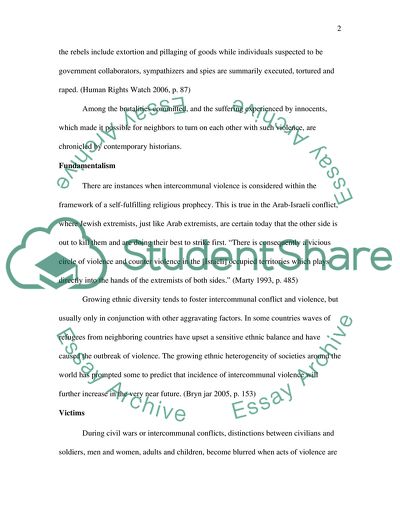Cite this document
(The Impact of Intercommunal Violence Assignment - 1, n.d.)
The Impact of Intercommunal Violence Assignment - 1. Retrieved from https://studentshare.org/politics/1707721-example-questions
The Impact of Intercommunal Violence Assignment - 1. Retrieved from https://studentshare.org/politics/1707721-example-questions
(The Impact of Intercommunal Violence Assignment - 1)
The Impact of Intercommunal Violence Assignment - 1. https://studentshare.org/politics/1707721-example-questions.
The Impact of Intercommunal Violence Assignment - 1. https://studentshare.org/politics/1707721-example-questions.
“The Impact of Intercommunal Violence Assignment - 1”. https://studentshare.org/politics/1707721-example-questions.


